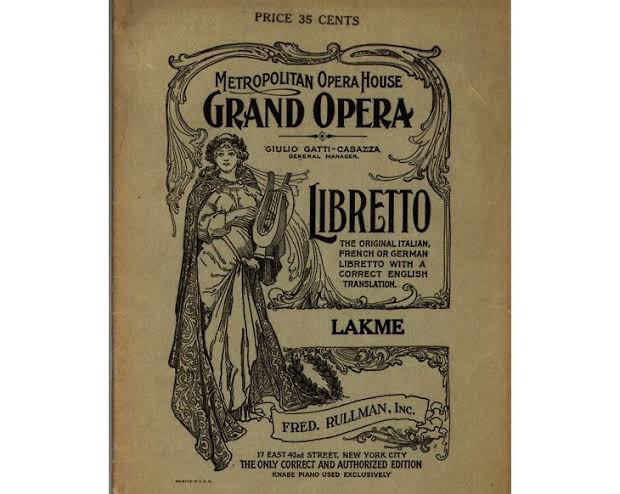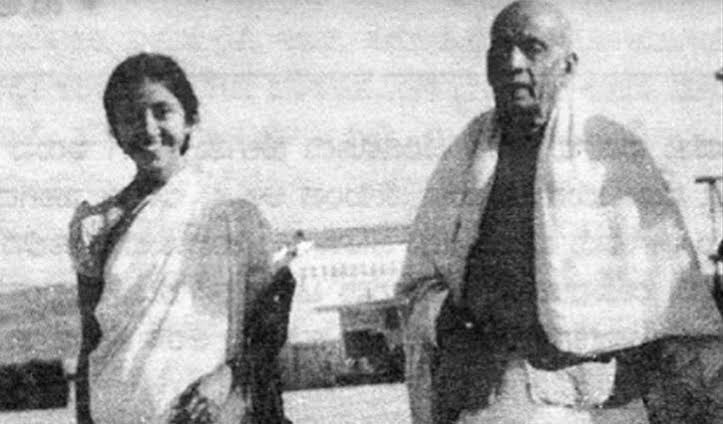Bishan Tandon's book on events leading to imposition of Emergency, PMO Diary, said that Indira Gandhi was "terribly afraid" of this person becoming the CJI.
Remembering the multifaceted personality
#KSHegde, who LIVED & SERVED Humanity all his life.

Remembering the multifaceted personality
#KSHegde, who LIVED & SERVED Humanity all his life.


On the Jayanti of #KSHegde, a sincere tribute for founder of #NITTE , Ex Speaker of LokSabha, Ex VP of BJP and Ex RS Member from Congress.
Kawdoor Sadananda Hegde was born on 11 June 1909 at village Kawdoor of Karkala Taluk, Hegde did his primary at Karkala and moved to
Kawdoor Sadananda Hegde was born on 11 June 1909 at village Kawdoor of Karkala Taluk, Hegde did his primary at Karkala and moved to
Mangalore for Higher education.
He completed his degree and law from Madras.
K S Hegde started his practice in 1933 & helped Farming community, while he worked as Government Pleader and Public Prosecutor during the period 1947-51.
Hegde was elected to the Rajya Sabha as a
He completed his degree and law from Madras.
K S Hegde started his practice in 1933 & helped Farming community, while he worked as Government Pleader and Public Prosecutor during the period 1947-51.
Hegde was elected to the Rajya Sabha as a
Congress Party nominee in 1952, served till 1957.
He was a member of the Panel of Chairmen and of the Public Accounts Committee & the Rules Committee.
In 1957, Hegde resigned from the Rajya Sabha when he was appointed a Judge of the Mysore High Court.
He was a member of the Panel of Chairmen and of the Public Accounts Committee & the Rules Committee.
In 1957, Hegde resigned from the Rajya Sabha when he was appointed a Judge of the Mysore High Court.
In 1966, he was appointed as the first Chief Justice of the Delhi and Himachal Pradesh High Court.
In 1967, he was appointed by the President as Judge of the Supreme Court.
This section is an important read....
As a judge of the Supreme Court of India,
In 1967, he was appointed by the President as Judge of the Supreme Court.
This section is an important read....
As a judge of the Supreme Court of India,
his lordship was also a part of the UNPRECEDENTED 13 Judge Bench (Never Before & Never Again) which decided the famous Kesavananda Bharati v. State of Kerala.
It was a sharply divided verdict, by a margin of 7-6, the court held that while the Parliament has "wide" powers,
It was a sharply divided verdict, by a margin of 7-6, the court held that while the Parliament has "wide" powers,
it did not have the power to destroy or emasculate the basic elements or fundamental features of the constitution.
Justice K S Hegde & J J Mukherjee wrote in the judgement that infuriated Indira Gandhi.
They held that the Constitution of India which is essentially a social
Justice K S Hegde & J J Mukherjee wrote in the judgement that infuriated Indira Gandhi.
They held that the Constitution of India which is essentially a social
rather than a political document, is founded on a social philosophy & as such has two main features basic and circumstantial.
The basic constituent remained constant, the circumstantial was subject to change and the broad contours of the basic elements and the fundamental
The basic constituent remained constant, the circumstantial was subject to change and the broad contours of the basic elements and the fundamental
features of the Constitution are delineated in the preamble and the Parliament has no power to abolish or emasculate those basic elements of fundamental features.
The building of a welfare State is the ultimate goal of every Govt but that does not mean that in order to build
The building of a welfare State is the ultimate goal of every Govt but that does not mean that in order to build
a welfare State, human freedoms have to suffer a total destruction.
Applying these tests, the learned Judges invalidated Article 31C even in its un-amended form.
Indira didn't take kindly to this implied restriction on her by the court.
On 26 April 73, Justice Ajit Nath Ray
Applying these tests, the learned Judges invalidated Article 31C even in its un-amended form.
Indira didn't take kindly to this implied restriction on her by the court.
On 26 April 73, Justice Ajit Nath Ray
who sided with her, was promoted as CJI superseding three senior Judges, Shelat, Grover and Hegde, which was unprecedented in Indian legal history.
Advocate C.K. Daphtary termed it as "the blackest day in the history of democracy".
Justice Mohammad Hidayatullah, previous CJI
Advocate C.K. Daphtary termed it as "the blackest day in the history of democracy".
Justice Mohammad Hidayatullah, previous CJI
remarked that "this was an attempt of not creating 'forward looking judges' but 'judges looking forward' to the office of Chief Justice.
On 30th April 1973, Justice Hegde resigned as SC Judge as a matter of principle.
In 1977, he was elected to the 6th Lok Sabha from
On 30th April 1973, Justice Hegde resigned as SC Judge as a matter of principle.
In 1977, he was elected to the 6th Lok Sabha from
Bangalore South constituency on a Janata Party ticket.
On 21 July 1977, the first time Loksabha MP K S Hegde was elected as the Speaker following the resignation of Dr. Neelam Sanjiva Reddy to contest the election to the office of the President of India.
On 21 July 1977, the first time Loksabha MP K S Hegde was elected as the Speaker following the resignation of Dr. Neelam Sanjiva Reddy to contest the election to the office of the President of India.
Infact L K Advani suggested K S Hegde for the Post of president but Reddy got the nod.
Hegde retired from electoral politics after Lok Sabha was dissolved in 1979. He joined BJP when it was founded in 1980 and briefly served as its vice-president.
He then established
Hegde retired from electoral politics after Lok Sabha was dissolved in 1979. He joined BJP when it was founded in 1980 and briefly served as its vice-president.
He then established
THE #NITTE in 1979 to provide a high school to the village of Nitte and today
it is deemed to be university, thanks to his efforts.
Justice K S Hegde joined Lotus feet on 24 May 1990 at his residence in Mangalore, and left behind his wife Meenakshi and six children,
it is deemed to be university, thanks to his efforts.
Justice K S Hegde joined Lotus feet on 24 May 1990 at his residence in Mangalore, and left behind his wife Meenakshi and six children,
three sons and three daughters, including well known Justice Santosh Hegde and Vinayaka who
runs NITTE.
#ForgottenHeroes
#KSHegde
#NITTE
#VandeMataram

runs NITTE.
#ForgottenHeroes
#KSHegde
#NITTE
#VandeMataram


• • •
Missing some Tweet in this thread? You can try to
force a refresh

 Read on Twitter
Read on Twitter















